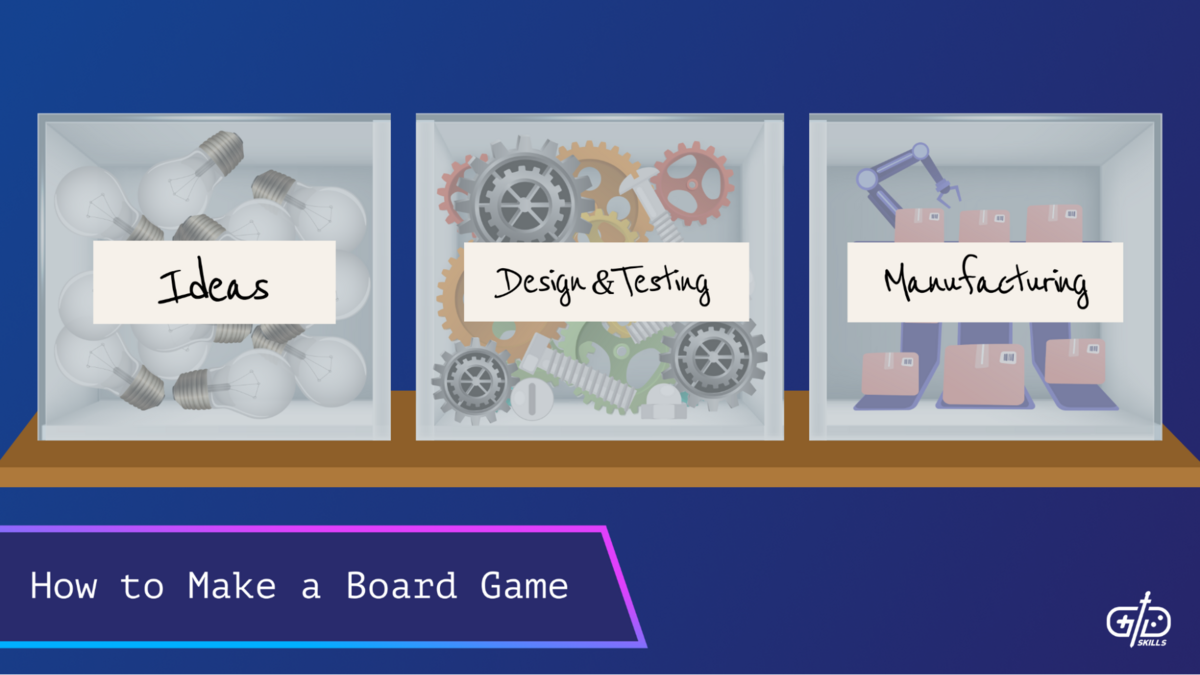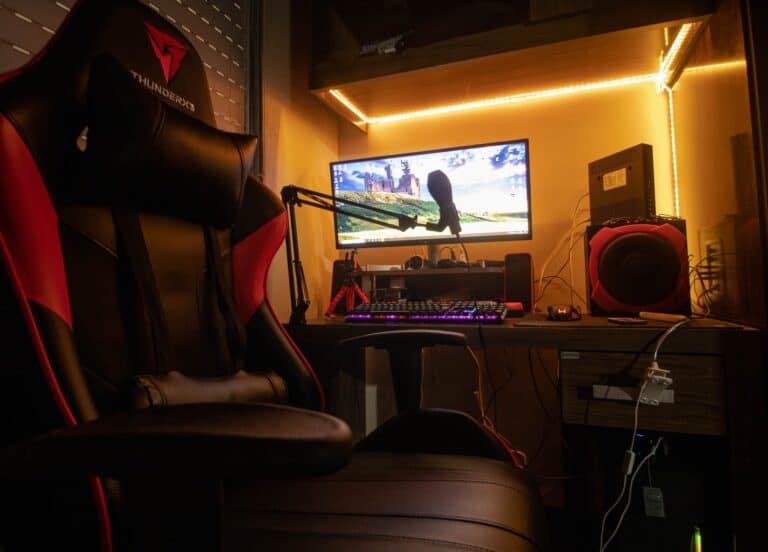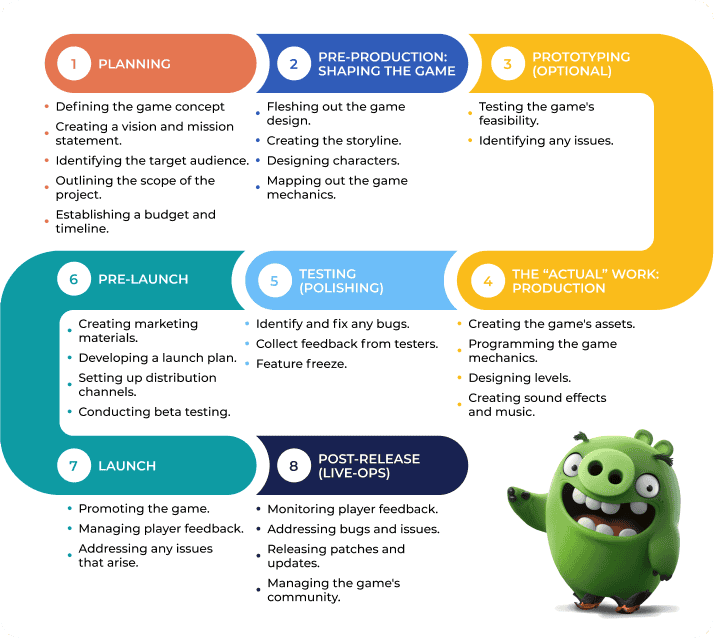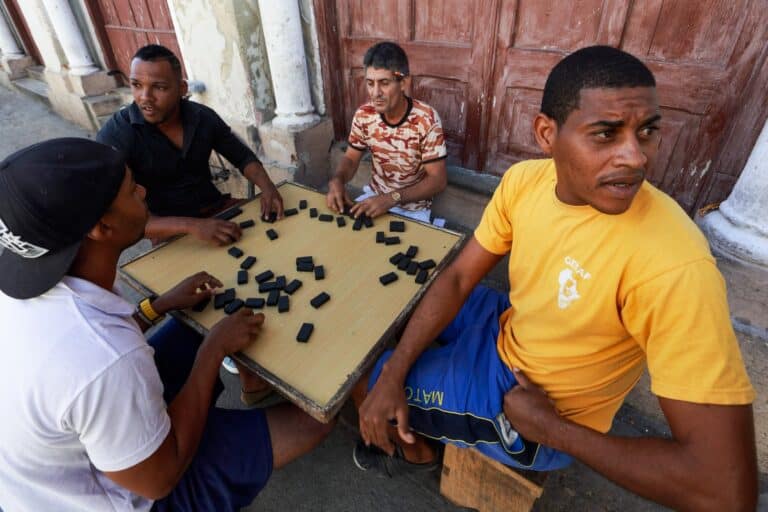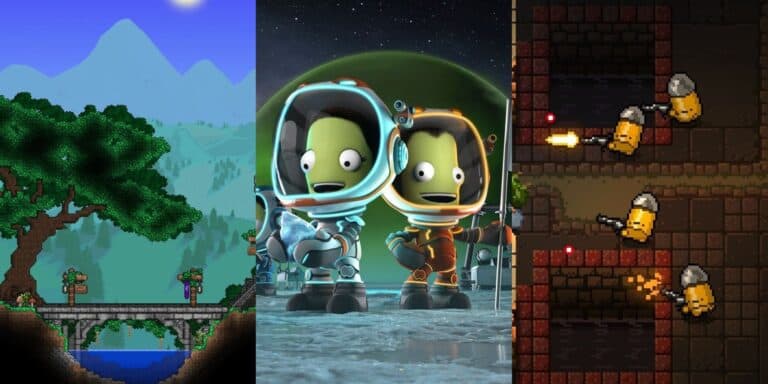From Idea to Prototype: Rapid Board Game Design Techniques and Tips – Part 2
Discover effective techniques to rapidly prototype your board game ideas, using efficient tools and strategies to bring your concepts to life quickly.
Introduction
Prototyping is a crucial stage in board game development, where ideas are transformed into tangible products. The faster you can prototype, the quicker you can gather feedback and refine your game. This article explores rapid prototyping techniques, essential tools, and tips to get your game from concept to prototype efficiently.
Choose the Right Tools for Prototyping
When developing a board game, choosing the right tools is key to speeding up the process. Tools like Tabletop Simulator and The Game Crafter allow you to test and create physical and digital prototypes without high upfront costs.
Tabletop Simulator
Tabletop Simulator is ideal for virtual prototyping, letting you create and test your game with others remotely. It allows for real-time adjustments, saving you the time and expense of printing physical prototypes.
The Game Crafter
If you need a physical prototype quickly, The Game Crafter provides all-in-one services from designing to printing your game. This is perfect for those who want to hold a version of their game early in the development process.
Streamline the Design Process
Start simple and iterate. One of the most effective rapid prototyping techniques is to focus on basic mechanics first and gradually build complexity. Using a simple deck of cards or generic game pieces allows you to test mechanics without getting bogged down in intricate details too early in the design process.
Keep Components Minimal
In the early stages, use simple placeholders for your game components, like index cards or dice, before investing in custom parts. This speeds up development, and once the mechanics are refined, you can upgrade the components for final testing.
Testing and Gathering Feedback
After prototyping, playtesting is the next step. Playtesting helps identify flaws in game mechanics or balance issues, and lets you iterate on your design based on player feedback.
Conclusion
By focusing on rapid prototyping, you can quickly develop a working version of your game, gather feedback, and refine your design in less time. Use tools like Tabletop Simulator and The Game Crafter to streamline the process and accelerate your game development journey.
FAQs
What’s the fastest way to prototype a board game?
Answer: The fastest way is to use digital tools like Tabletop Simulator or physical resources like The Game Crafter, which allow for rapid prototyping and iteration.
Can I prototype a game for free?
Answer: Yes, you can use free tools like Inkscape for designing cards or board layouts, and physical resources like index cards for quick, inexpensive prototypes.
What are the best tools for board game prototyping?
Answer: Popular tools include Tabletop Simulator for digital prototypes and The Game Crafter for physical prototypes, both of which offer extensive customization options.
How often should I prototype my game?
Answer: You should prototype early and often. Each iteration allows you to refine the mechanics, adjust components, and improve the game before final production.
What’s the benefit of using digital tools for prototyping?
Answer: Digital tools like Tabletop Simulator allow for remote playtesting and rapid adjustments without the cost of printing physical components.

